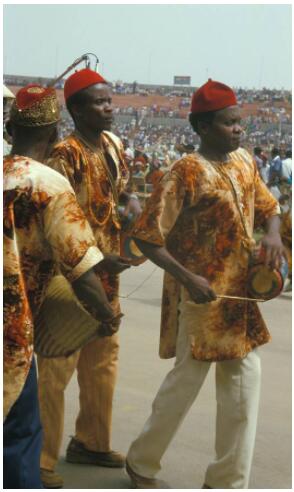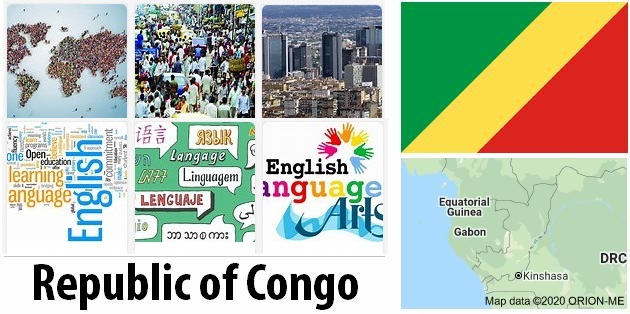Egypt Literature
The abundance of preserved literature is very large. Documents of public and private life from all times have been preserved on stone, papyrus, wood, leather, linen and broken glass. They are part of utility literature (cultic, scientific and administrative literature); Compared to it, the proportion of actual (or beautiful) literature (educational and entertaining literature) is relatively small and undoubtedly only a fraction of what was once available.
Grave inscriptions: The graves of the high officials remained partially accessible to visitors and were decorated with scenes and inscriptions, among which the biographical self-portrayals of the grave lord stand out as significant. In it the officials answer to the tribunal of posterity with regard to the high ideals of virtue and justice (“Maat”) in order to gain a permanent place in their memory. Various genres of actual literature, especially doctrines and narratives, have grown out of this tradition.
Dead literature: The oldest collection of sayings that was put together for the use of the dead in the afterlife is the pyramid texts, which have been recorded in the coffin chambers of the pyramids since the end of the 5th and during the 6th dynasty and some of which were later adopted by private individuals. They include sayings about embalming, burial and the sacrificial cult of the dead king and mostly deal with his ascension into heaven and the fate beyond. The coffin texts on the coffins of the Middle Kingdom are no longer tied to the king, while the New Kingdom with the underworld books (“Amduat”, “Port Book” and others) creates new royal death texts that serve to describe the afterlife. The Book of the Dead, given to the dead since the New Kingdom in the form of a papyrus scroll, is again a collection of sayings against dangers and privations in the afterlife.
Scientific literature: Some textbooks, some of which are highly specialized, have been preserved for mathematics and medicine. The “Book of Names (Onomasticon) of Amenope” from the Ramesside period contains a kind of catalog of the universe with 610 names and aims at an encyclopedia that classifies the entire inventory of beings. Actual historiography has only rudimentarily developed (Annalen Thutmose III).
The actual literature had its place in education and served education in the broadest sense. Books have been memorized as a lifelong treasure.
Wisdom literature: This subheading includes life lessons and complaints. Life lessons have been preserved from the Middle Kingdom to the Roman Empire. The author’s attributions are fictitious. The oldest completely preserved doctrine is ascribed to a vizier Ptahhotep of the 5th dynasty and gives instructions for the right behavior, as can be recognized from success and failure. The “doctrine for King Merikare” (a king of the 1st Intermediate Period) includes the hereafter, the later teachings (of Ani, Amenemope) see God’s will as the guideline for action. Ethical problems are also at stake in the lawsuits that originate from the Middle Kingdom but refer to the previous period of upheaval (dialogue of the »tired of life«, warnings from Ipuwer, complaints from the peasant).
School literature: The book »Kemit« (11th Dynasty) is the oldest school book in the world. It teaches the writing student formulas of the letter style, clichéd expressions and the like. The “Doctrine of Cheti” (12th Dynasty) enumerates a number of professions and describes their downsides in order to make the writing profession appear all the more desirable. This type of “professional satire” was popular in the New Kingdom as well.
Narrative literature: Among the narratives, the “Story of Sinuhe” stands out, which, based on the model of an autobiographical grave inscription, tells of the flight and return of an official after the murder of Amenemhet I (1962 BC). Others are fairytale-like, such as the story of a shipwrecked man who was cast on an island or the miracle stories from the court of King Cheops. The “fairy tale of the two brothers” comes from the New Kingdom, in which the Joseph Potiphar motif is interwoven with the myth of the dying and resurrecting God. The “quarrel between Horus and Seth” takes place in the world of the gods and exposes their human weaknesses to ridicule. According to ethnicityology, the stories of Egyptian kings are certainly based on Egyptian sources Herodotus and Diodorus return. The “saga of King Petubastis” handed down in demotic terms, preserved in two manuscripts from the Roman Empire, and the magic stories about Prince Setna and his son Si-Osiris are influenced by Greek.
All literary genres including the literature of the dead and the stone inscriptions are written metrically; the differences between poetry and prose are fluid. The verses are loosely built and combine to form groups of verses and stanzas. People loved the double rendering of a thought (parallelism membrorum), refrains and word games. Simple chants accompany the work in the field, artistic harper and love songs praise the enjoyment of existence. While cult poetry, like the hymns of the gods, was part of the literature of everyday use, sophisticated theological hymns (“Cairene Amunshymnus”, “Akhenaten’s Canticle of the Sun”) and prayers were also part of the literature proper.
Modern Egyptian literature can be seen in the context of Arabic literature.



